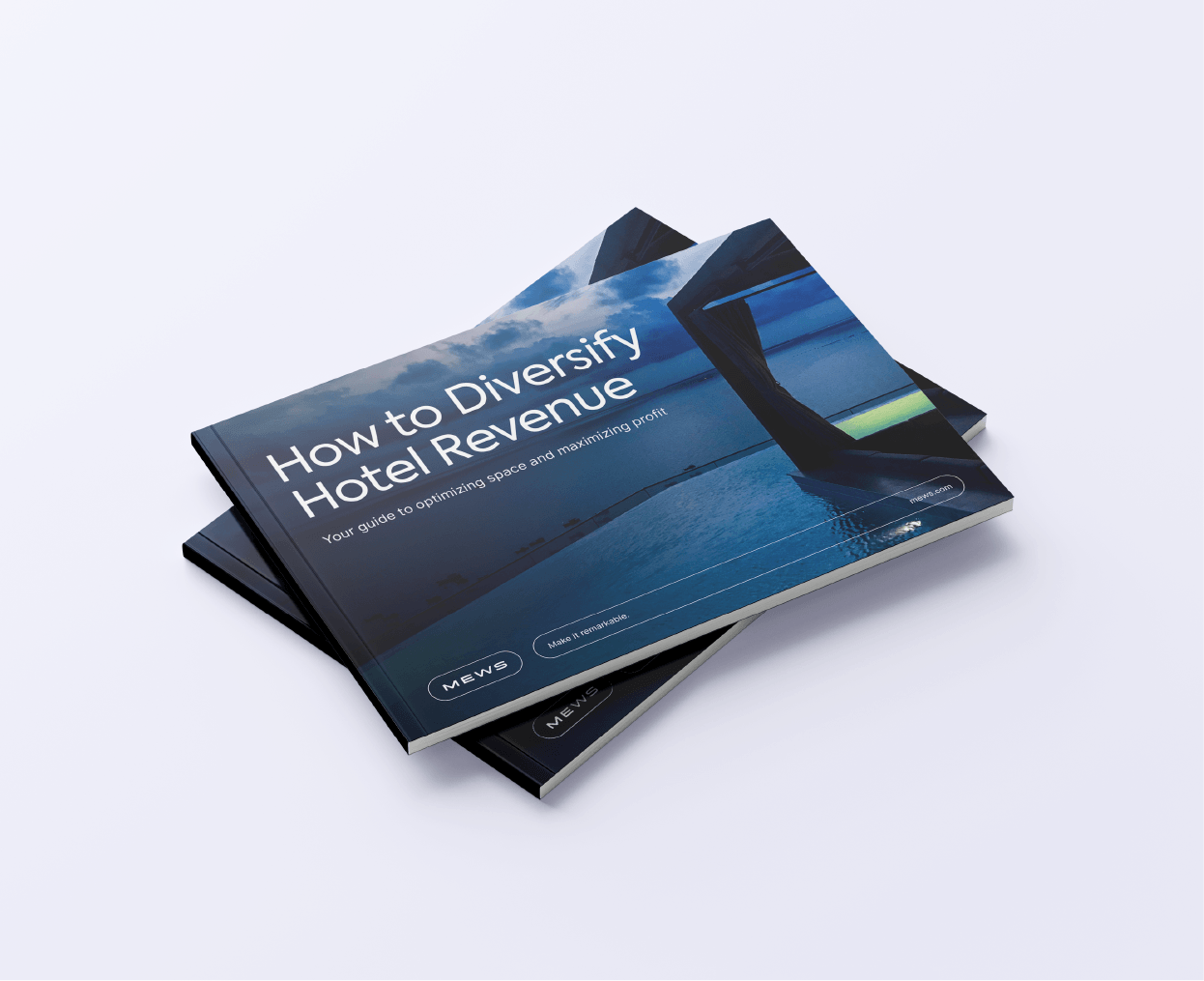Understanding hotel cashflow
So, what is hotel cashflow and why is managing it so critical? Let's take a look.
What is cashflow?
In simple terms, cashflow is the movement of money in and out of your business - or, in hotel terms, managing guest payments. Ideally, hotel payments should work on a "set and forget" model: you decide at what point in the guest journey the payments are taken, and then use payment automation to handle the actual nuts and bolts of the processing.
What is hotel cashflow management?
The ultimate goal of cashflow management is to have a steady stream of predictable income each month. Your property should be able to accurately forecast when money is coming in so that you can cover every outgoing cost - from staff salaries and utility bills to repairs, renovations and refunds - without stress.
Hotels face a mix of recurring and irregular expenses, so it's essential to maintain healthy liquidity at all times. In other words, your payment operations are the engine that keeps your business running.
Key elements of hotel cashflow
Revenue sources (cash inflows)
- Direct bookings
- OTA payments
- Ancillary revenue
- Room revenue
- Food & Beverage
- Deposits and Prepayments
Expenses (cash outflows)
- Operating expenses
- Utilities
- Supplies
- Marketing and distribution (OTA commissions, advertising, loyalty programs)
- Administrative costs
- Maintenance and repairs
- Loans
- Taxes
Capital expenditures (CapEx)
- Renovations
- New furniture
- Technology upgrades
- Equipment replacements

The importance of cashflow management in the hospitality industry
Cashflow is a key indicator of your hotel's financial health and financial stability. Without it, even hotels with high occupancy rates can find themselves under pressure.
Hotels operate with many fixed costs - staff salaries, utilities, supplier payments - that must be paid regardless of occupancy. Seasonal fluctuations in demand can make these pressures even greater, which is why planning and forecasting are so important.
Consistent cashflow also strengthens relationships with suppliers, helps you pay staff on time and ensures operational efficiency, maintaining both trust and morale. And from a strategic perspective, clear financial visibility helps you forecast and budget renovations, pricing strategies, and promotions more confidently.
Common cashflow challenges for hotels
Now that you've understood the importance of cashflow, let's look at some of the common challenges.
Dependence on OTAs
When comparing direct bookings vs OTA, in terms of cashflow, there's no competition.
While OTAs can bring visibility and volume, they can also complicate cashflow. Direct bookings are typically paid upfront or on arrival, giving you instant access to funds. OTA payments, on the other hand, may be delayed depending on payment terms - especially if you're on a monthly invoicing model.
That delay can cause real strain if unexpected costs arise. Relying too heavily on OTAs also means you're at the mercy of their commissions and payment schedules. Finding the right balance in your channel mix is essential in your hotel revenue management strategy.
It's worth noting that direct bookings are gaining momentum - by 2030, they're expected to surpass OTAs, generating over $400 billion in revenue. The takeaway? Investing in your direct channel isn't just smart marketing; it's critical for healthy cashflow.
Virtual credit cards and payment delays
Virtual credit cards (VCCs), often used by OTAs, can seem convenient, but they come with downsides. They tend to be more expensive than standard cards, and you'll often have to wait until after check-in or check-out to receive payment.
They also limit opportunities for upsells and cross-sells, since additional purchases usually require guests to re-enter payment details. Compare that to direct bookings processed through a system like Mews' hotel payment processing where guests' tokenized card details are securely stored, enabling instant, frictionless transactions for last-minute spa treatments or room upgrades.
VCCs also make it harder to charge for post-stay items (like minibar usage or damages) and to capture guests' real email addresses - which limits your ability to market directly and build loyalty.
Seasonality and unexpected expenses
Every hotelier knows that cashflow ebbs and flows with the seasons. High occupancy in peak months can be followed by quiet periods where fixed costs remain unchanged. Without proper planning for seasonality, that uneven income can quickly create liquidity challenges.
Unexpected maintenance issues, economic shifts, or sudden dips in travel demand can further strain finances. Building resilience into your cashflow strategy is essential to weather these fluctuations.

Strategies to improve hotel cashflow
By understanding the common cashflow pitfalls, you can better plan to improve your hotel cashflow.
Automate payment processing
Automation is one of the simplest ways to strengthen cashflow. Automated payments capture funds at the right moment - during booking, pre-arrival or at check-out - reducing errors, delays and manual workload.
Embrace revenue management
Data-driven revenue management can help forecast demand, optimize pricing and align operational decisions with projected cashflow. With the right PMS and analytics tools, hotels can anticipate high and low seasons, adjust rates accordingly and maximize profitability.
Diversify revenue streams
One of the best ways a hotel owner can cushion cashflow against fluctuations in demand is by diversifying revenue streams.
Rather than relying solely on hotel room sales, you should encourage locals to dine at your restaurant, host private events or use your spa and wellness facilities. You can also partner with nearby businesses for cross-promotions that attract both guests and locals year-round.
Monitor and control operating costs
Review your supplier contracts, utilities and staffing regularly to identify inefficiencies with your fixed costs. Smart inventory management can also help reduce waste, especially for perishable goods.
Optimize accounts receivable
For corporate and group bookings, require non-refundable deposits or partial prepayments to protect your revenue from last-minute cancellations. Clear payment terms and automated invoicing can help you get paid faster and improve overall liquidity.
Maintain a cash reserve
A strong cash reserve is your safety net. It protects your property from short-term shocks - whether that's a sudden drop in demand, a maintenance emergency or a delay in OTA payments - without forcing you into high-interest loans.
The future of cashflow in hotels
Global economic uncertainty, rising prices, and shifting travel behaviors have made one thing clear: financial flexibility is essential. One positive trend is the widespread move toward cashless payments, particularly in Europe, where cash transactions are now rare.
Cashless operations reduce manual admin and help hotels access funds faster. With tools like Mews Payments, you can automate transactions at any stage of the guest journey - from reservation to check-out - and maintain full visibility across all channels.
In an unpredictable world, that kind of control isn't just convenient; it's a competitive advantage.
Download our guide "How to Diversify Hotel Revenue"





.webp)
